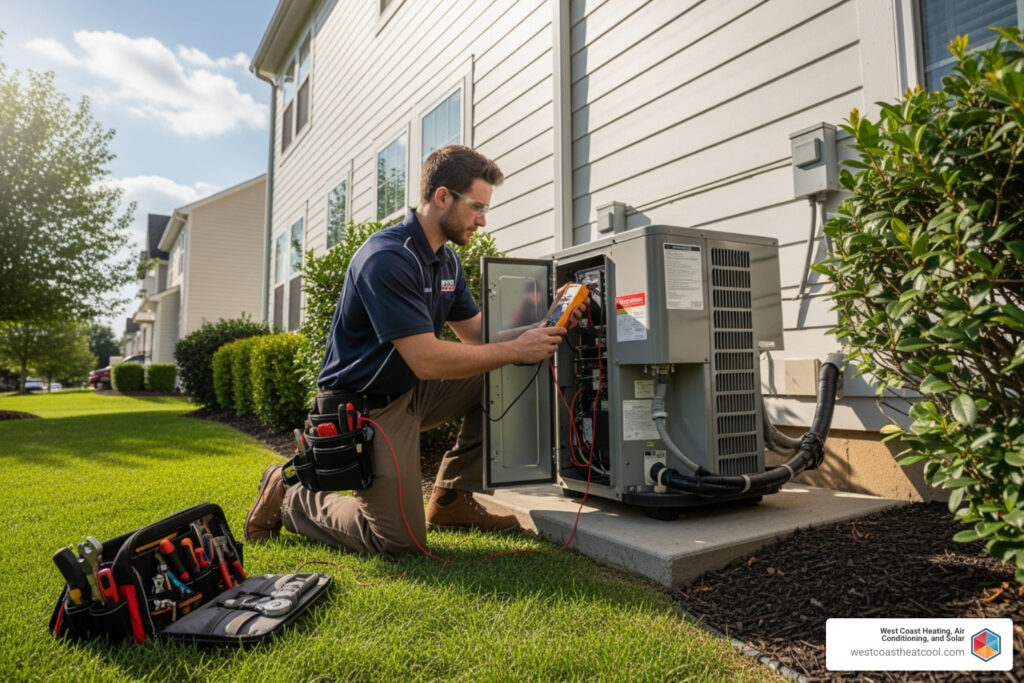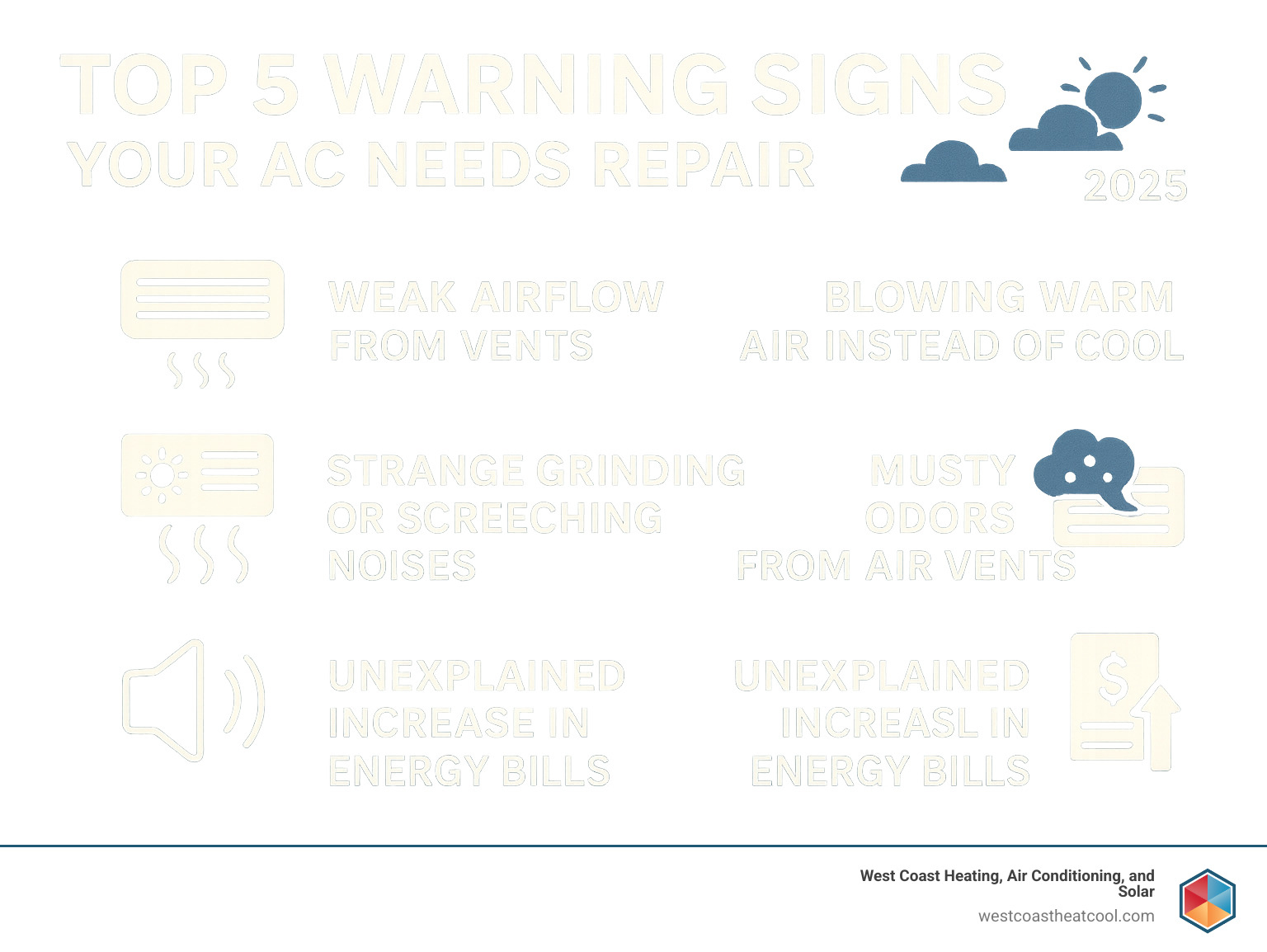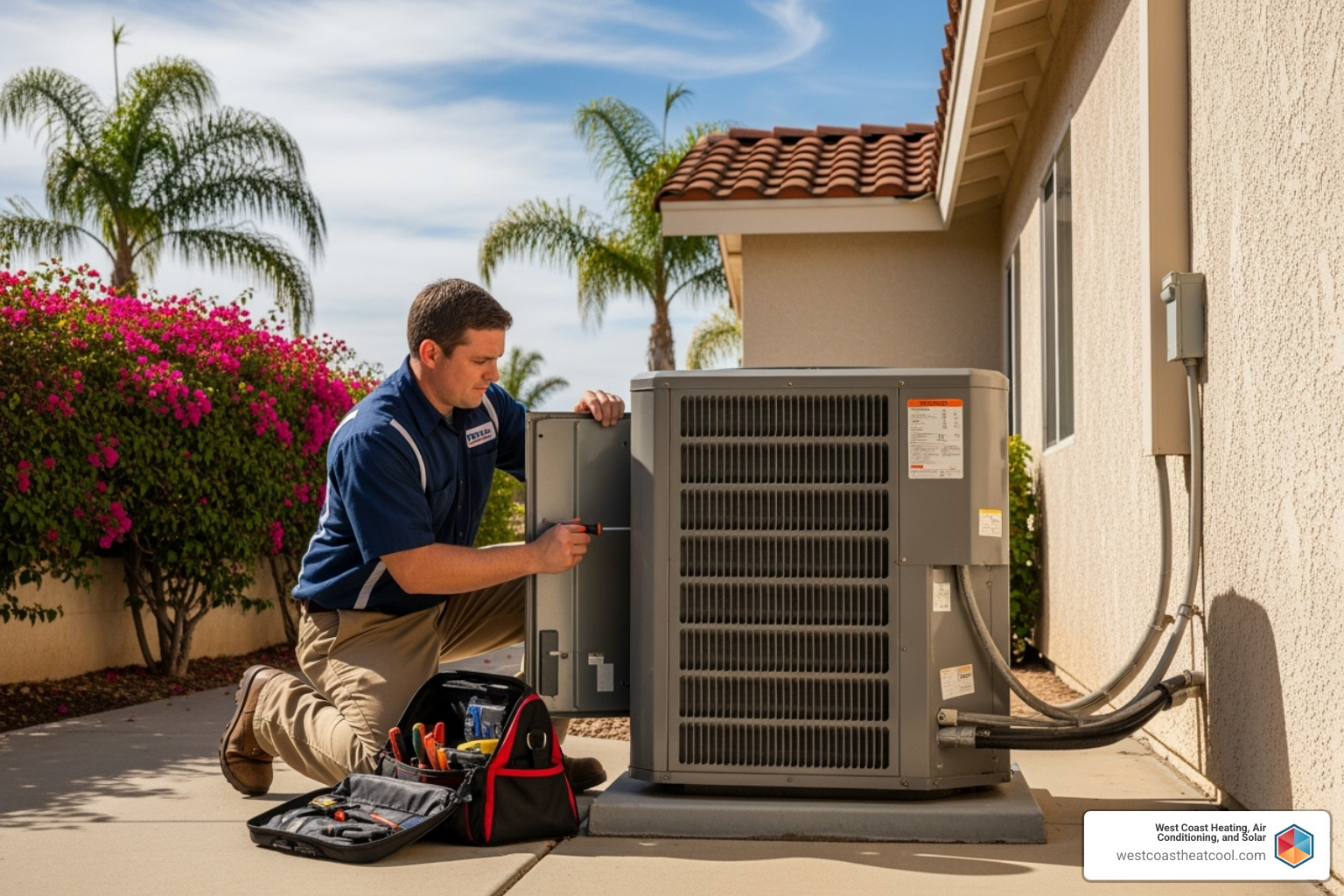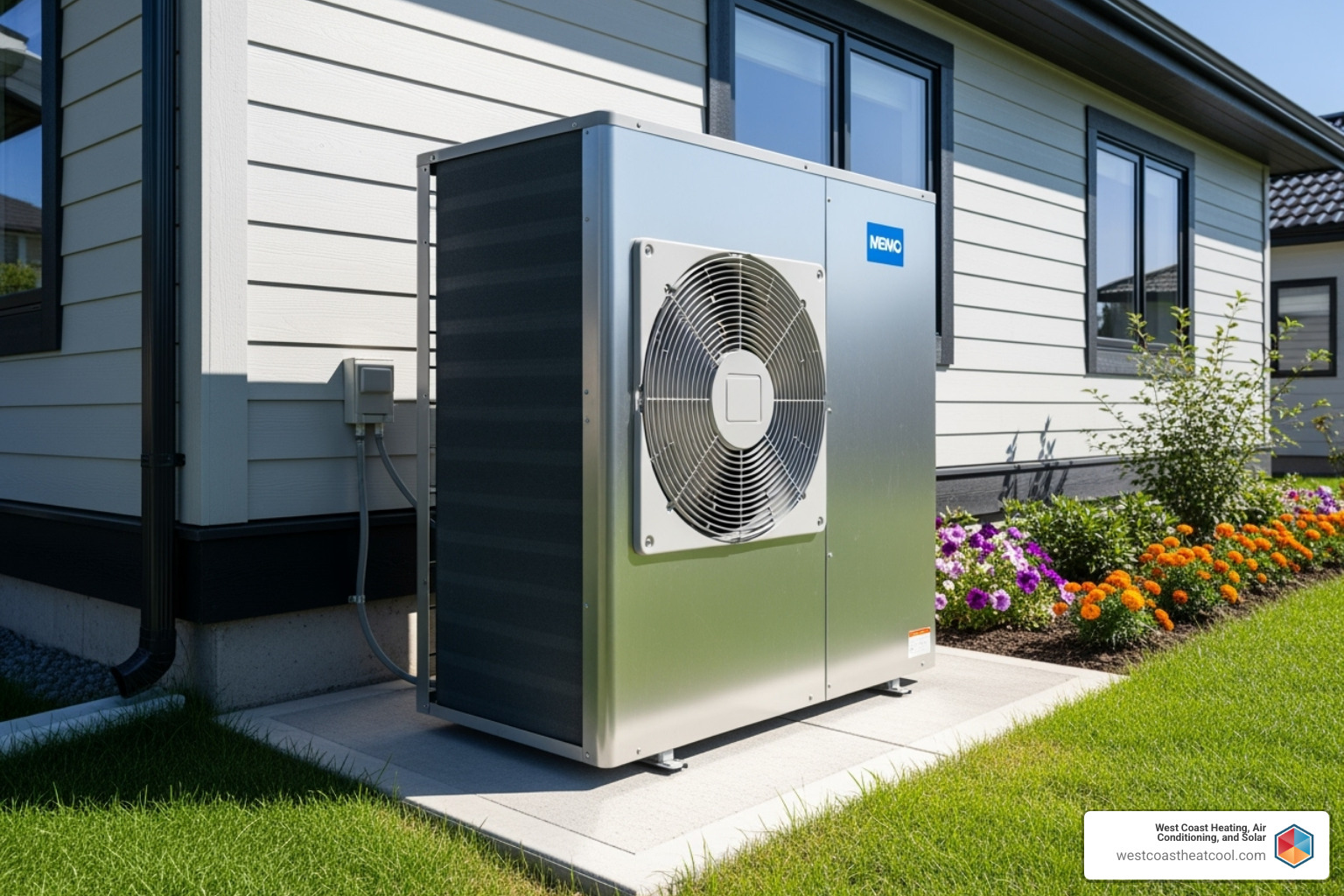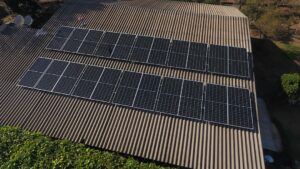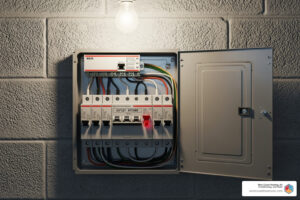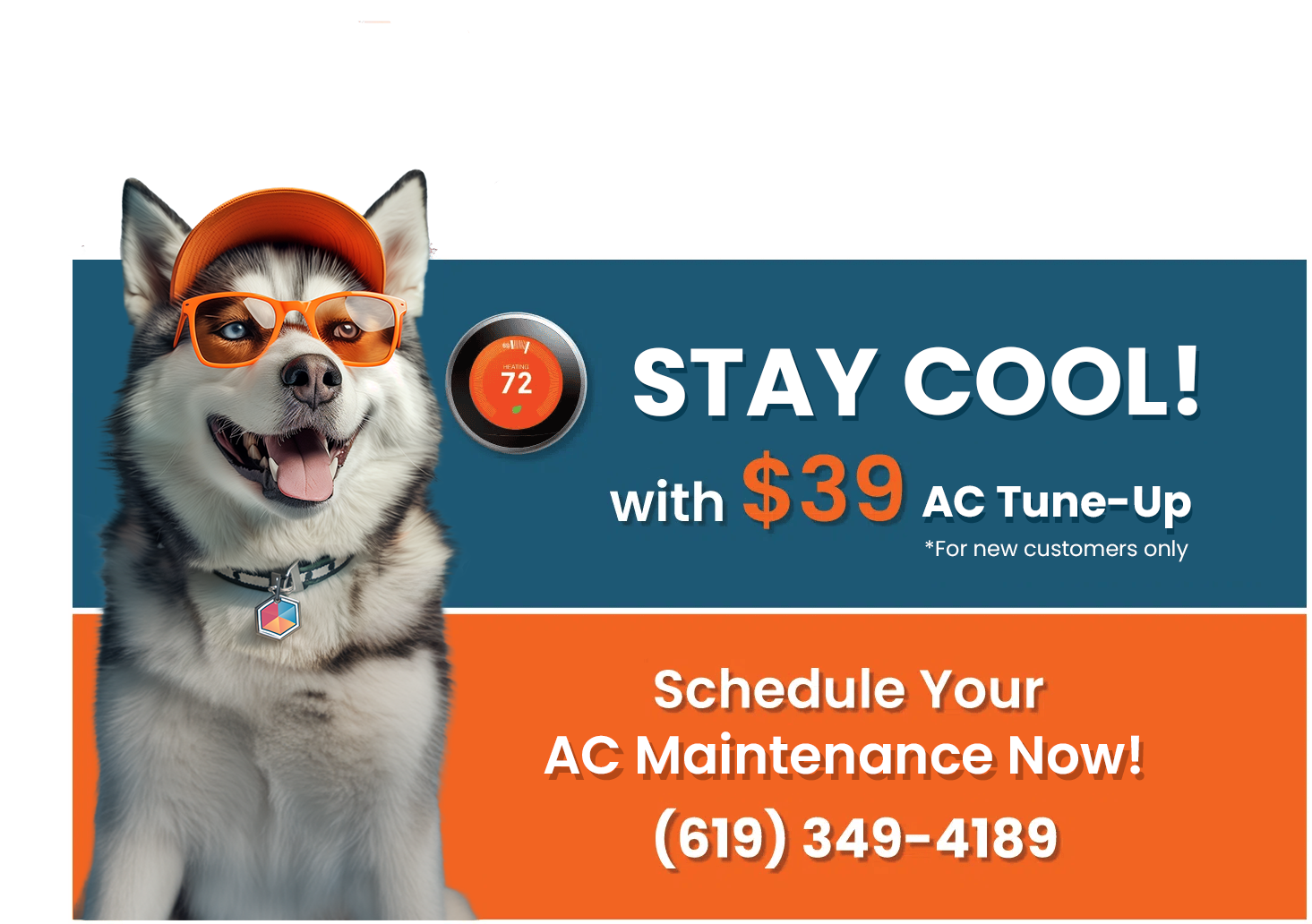Why Reliable Air Conditioning is Essential for San Diego Homeowners
San diego air conditioning repair services become critical when you’re dealing with the region’s year-round warm climate and occasional heat waves that can push temperatures well above 90°F. Whether your AC is blowing warm air, making strange noises, or driving up your energy bills, finding the right repair company can mean the difference between a quick fix and costly ongoing problems.
Key Services Most Companies Offer:
- Emergency and same-day repair
- Diagnostic services (often free with repair)
- Refrigerant leak repair
- Compressor and fan motor replacement
- Thermostat calibration and replacement
San Diego’s unique climate creates specific challenges for air conditioning systems. The coastal areas deal with salt air that can corrode components, while inland regions face extreme heat that puts extra strain on cooling systems. As one local HVAC expert noted, “Starting AC systems early in the day during heat spells can prevent voltage drops and potential damage to components like capacitors and fuses.”
Many San Diego residents don’t realize their AC needs attention until it completely stops working. However, catching problems early – like weak airflow, unusual noises, or rising energy bills – can save hundreds of dollars in major repairs or premature replacement.
The good news? San Diego has many established, reputable AC repair companies with decades of experience. The challenge is knowing what to look for and understanding when a repair makes sense versus replacing your entire system.
Common Issues Requiring San Diego Air Conditioning Repair
Living in San Diego means relying on your AC system year-round, and even the most reliable units can develop problems over time. Understanding what commonly goes wrong can help you recognize when it’s time to call for professional san diego air conditioning repair.
Refrigerant leaks are among the most serious issues we encounter. Think of refrigerant as your AC’s lifeblood – it absorbs heat from inside your home and releases it outside. When there’s a leak in the evaporator coil or refrigerant lines, your system can’t cool effectively and your energy bills skyrocket. Unlike what many people think, refrigerant doesn’t just “run out” naturally. A healthy system should only lose about 3-5% over many years, so significant refrigerant loss almost always means there’s a leak that needs professional attention.
Clogged drain lines might sound minor, but they can cause major headaches. Your AC removes humidity from the air, creating condensation that needs to drain away. When algae, mold, or debris block this drain line, water backs up and can overflow, potentially damaging your home or causing your system to shut down as a safety measure.
Faulty wiring creates both performance problems and safety concerns. Corroded or loose electrical connections can make your AC work intermittently, trip circuit breakers, or in worst cases, create fire hazards. If you notice your system acting unpredictably or your breakers tripping frequently, electrical issues could be the culprit.
Frozen coils are surprisingly common, especially during San Diego’s hottest months when systems work overtime. When your evaporator coil freezes, it’s usually because of restricted airflow from a dirty filter or low refrigerant levels. You might notice ice buildup on your outdoor unit or water dripping where it shouldn’t. This problem can damage your compressor if left untreated. For more detailed information about this issue, check out What Causes Frozen AC Units in San Diego, CA.
Worn contactors are electrical switches that control major components like your compressor and outdoor fan. After years of turning on and off, these components wear out from electrical arcing and constant use. When contactors fail, your unit might not start at all, or it could run continuously without cycling properly.
Thermostat problems can make a perfectly good AC system seem broken. Sometimes the issue isn’t with your cooling equipment at all – it’s with the “brain” that controls it. Dead batteries, dust buildup, or calibration issues can cause inaccurate temperature readings, improper cycling, or complete system failure.
The coastal salt air in San Diego creates unique challenges too. It can corrode outdoor components faster than in other climates, while inland areas put extra strain on systems during extreme heat events.
Key Signs You Need Professional San Diego Air Conditioning Repair
Your AC system usually gives you warning signs before it breaks down completely. Recognizing these early signals can save you from emergency repairs and uncomfortable nights.
Weak airflow from your vents often indicates problems with your ductwork, fan motor, or compressor. If some rooms stay warmer than others or you barely feel air coming from the vents, your system is struggling to move air effectively.
Warm air blowing from your vents is the most obvious red flag. This could mean low refrigerant, a failing compressor, or blocked outdoor coils preventing proper heat exchange.
Strange noises deserve immediate attention. While AC units aren’t silent, they shouldn’t sound like they’re falling apart. Banging or clunking suggests loose components, while grinding or screeching often means fan motor bearings are failing. A loud humming might indicate electrical problems with the compressor.
Bad odors from your vents signal different problems depending on the smell. Musty odors usually mean mold or mildew in your ducts or evaporator coil. Burning or electrical smells require immediate professional attention as they could indicate dangerous wiring issues.
High humidity in your home means your AC isn’t doing its job properly. Air conditioners should remove moisture as well as heat. If your house feels sticky or clammy even with the AC running, there might be problems with your drain system or the unit could be oversized for your space.
Frequent cycling happens when your system turns on and off more often than normal. This “short-cycling” wastes energy and puts extra wear on components. It’s often caused by thermostat problems, electrical issues, or an improperly sized system.
Water leaks around your indoor unit typically mean clogged drain lines or frozen coils that are melting. While often simple to fix, ignoring water leaks can lead to expensive damage to your floors, walls, or ceiling.
Rising energy bills without increased usage suggest your system is working harder than it should. When AC components start failing, the system compensates by running longer or more frequently, driving up your costs.
What to Check Before You Call for Service
Before scheduling san diego air conditioning repair, try these simple troubleshooting steps that might solve the problem yourself.
Start with your thermostat settings. Make sure it’s set to “Cool” and the temperature is lower than your current room temperature. Check that the fan is set to “Auto” rather than “On” – the “On” setting runs the fan constantly, even when not cooling. Don’t forget to check the batteries if you have a battery-powered thermostat.
Your air filter condition is the most common culprit behind AC problems. A dirty filter restricts airflow, making your system work harder and potentially causing the evaporator coil to freeze. Hold your filter up to a light source – if you can’t see through it clearly, it needs replacing.
Check your circuit breaker if your AC won’t turn on at all. Sometimes a tripped breaker is the only problem. Turn the breaker completely off, then back on. If it trips again immediately, you have a more serious electrical issue that needs professional diagnosis.
Finally, inspect your outdoor unit for obstructions. Your condenser needs clear space around it to release heat effectively. Remove any leaves, debris, or vegetation blocking the unit. Also check if the condenser coils look clogged with dirt – this can cause your compressor to overheat and shut down.
If these basic checks don’t solve the problem, it’s time to call in experienced professionals who can safely diagnose and repair your system.
Repair vs. Replace: Making the Right Call for Your San Diego Home
One of the toughest decisions San Diego homeowners face is whether to repair a failing AC system or invest in a new one. While a quick repair might seem like the cheaper option upfront, sometimes replacing the unit actually saves you more money in the long run.
The decision usually comes down to a few key factors that every homeowner should consider carefully.
Energy efficiency plays a huge role in this decision. Your AC’s SEER rating (Seasonal Energy Efficiency Ratio) tells you how much energy it uses to cool your home. Older units often have SEER ratings of 8-10, while newer systems can reach 16-20 or higher. That difference can mean hundreds of dollars in energy savings each year.
System age is another critical factor. Most AC units last between 15-20 years in San Diego’s climate. If your system is approaching or past this age range, frequent repairs might be a sign it’s time to upgrade. The coastal salt air can also shorten the lifespan of outdoor components, making replacement more appealing for homes near the ocean.
Repair frequency and cost often make the decision for you. If you’re calling for san diego air conditioning repair multiple times per year, or if a single repair costs more than 50% of a new unit’s price, replacement usually makes more financial sense.
Here’s a quick comparison to help guide your decision:
| Factor | Repair | Replace |
|---|---|---|
| Cost | Lower upfront cost, typically a few hundred dollars | Higher initial investment, but better long-term value |
| Age | Best for units under 10-12 years old | Ideal for units over 15 years old |
| Efficiency | Maintains current energy costs | Significant energy savings with modern SEER ratings |
| Long-term Value | Good for minor, one-time issues | Better investment for frequent problems |
When to Repair Your AC Unit
Repairing your current system makes the most sense when you’re dealing with minor issues that don’t indicate widespread problems. A single component failure, like a worn contactor or clogged drain line, is usually worth fixing.
If your unit is under 10 years old, repair is almost always the right choice. These systems still have plenty of life left and haven’t reached the age where multiple components start failing together.
One-time repair costs that are relatively low compared to replacement also favor repair. When the fix addresses the root problem and your system has been reliable otherwise, repair keeps you comfortable without breaking the bank.
Finally, if your system is still efficient and keeping your energy bills reasonable, a repair can extend its life for several more years.
When to Consider a New AC Installation
Sometimes replacement is clearly the better choice, even though it requires a bigger upfront investment.
If your unit is over 15 years old, replacement often makes more financial sense. These older systems are approaching the end of their expected lifespan, and you’ll likely face more repairs in the near future.
Frequent breakdowns are a clear sign your AC system is failing. When you’re calling for repairs multiple times per year, the costs add up quickly and indicate that major components are wearing out.
When repair costs exceed 50% of replacement cost, it’s time to seriously consider a new system. This is especially true if the repair doesn’t guarantee you won’t face other problems soon.
Many homeowners also choose replacement when they want higher efficiency. Modern systems can cut your cooling costs significantly compared to older units. Options like Heat Pump Systems San Diego CA or Mini Split AC San Diego CA offer even greater efficiency and flexibility for San Diego homes.
Rebates and Tax Credits for San Diego Homeowners
The good news is that replacing your AC system has never been more affordable thanks to available incentives.
The Inflation Reduction Act provides substantial tax credits for energy-efficient HVAC upgrades. These federal incentives can significantly reduce your out-of-pocket costs for a new system.
Local utility rebates from San Diego Gas & Electric often stack with federal credits, creating even more savings. These programs specifically reward homeowners who choose high-efficiency systems.
Energy-efficient upgrades can also increase your home’s value while reducing monthly utility bills. Some homeowners even combine AC replacement with Solar Power Systems San Diego CA to maximize their energy savings and take advantage of additional solar incentives.
The combination of immediate rebates, long-term energy savings, and improved comfort often makes replacement the smart financial choice, even when repair is technically possible.

